Many Canadian retail brands have found success at home but stumbled when they tried to cross the border into the United States. While Canadians may adore these stores for their quality, affordability, or national pride, the U.S. market often proved far less forgiving. Numerous well-loved Canadian chains learned that not everything north of the border translates to success down south. Here are 19 Canadian retail chains that failed to expand across the U.S.
The Bay (Hudson’s Bay Company)
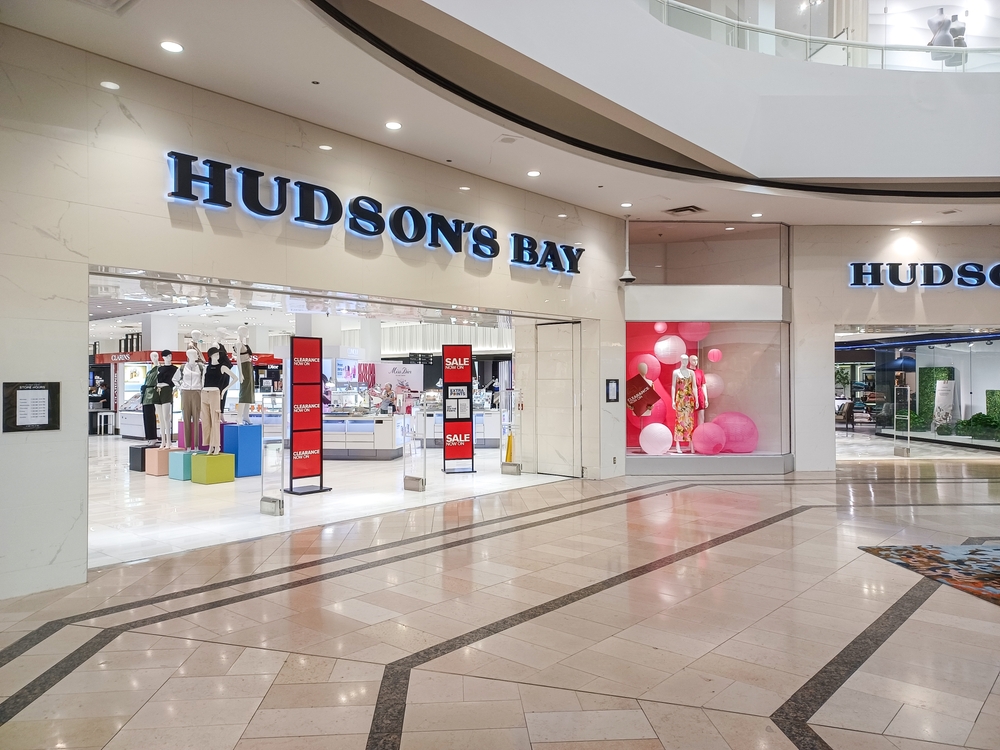
Hudson’s Bay, one of North America’s oldest companies, envisioned its expansion into the U.S. as a natural step. After acquiring Saks Fifth Avenue and Lord & Taylor, it seemed poised for success. However, the company struggled to connect with American shoppers who saw Saks as overpriced and outdated compared to fresher brands. Operational costs soared while revenue lagged, and HBC’s Canadian identity didn’t resonate abroad. By 2019, it began retreating from U.S. ventures, focusing instead on reviving its Canadian stores and online sales.
Roots
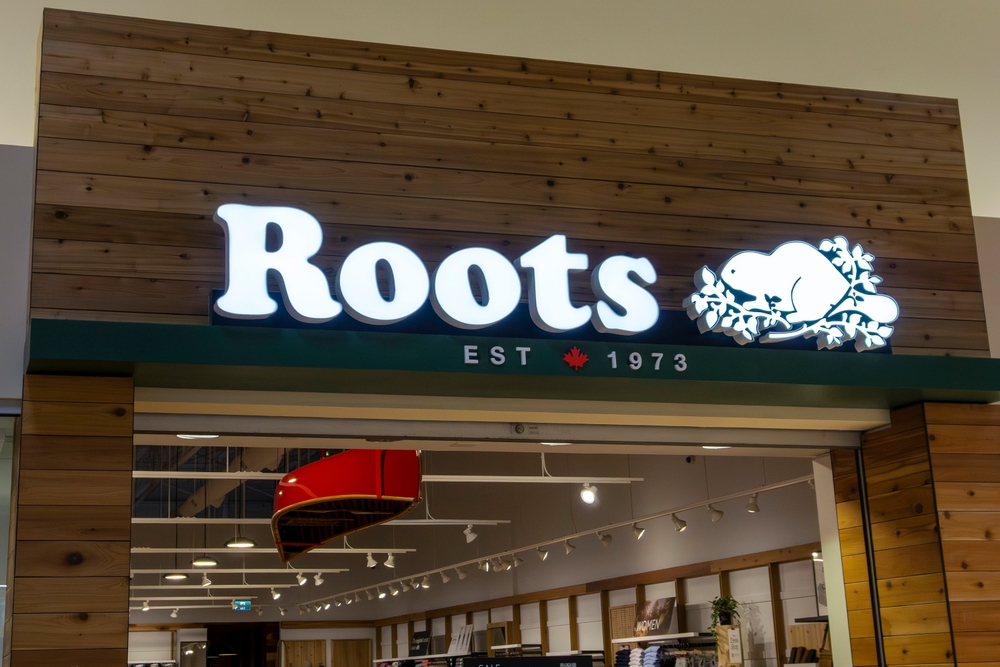
Roots built its reputation on quality leather goods, cozy sweats, and that unmistakable maple-leaf branding. Yet, when it tried expanding into the U.S., it couldn’t compete with entrenched lifestyle brands like Gap, American Eagle, and Lululemon. American consumers didn’t connect with its distinctly Canadian identity, and its pricing seemed high for casual basics. Despite celebrity endorsements and flagships in cities like New York and Boston, the stores underperformed. By the late 2000s, Roots quietly shut down most U.S. locations, choosing to focus on e-commerce and its Canadian loyalists instead of chasing an uninterested American market.
Tim Hortons
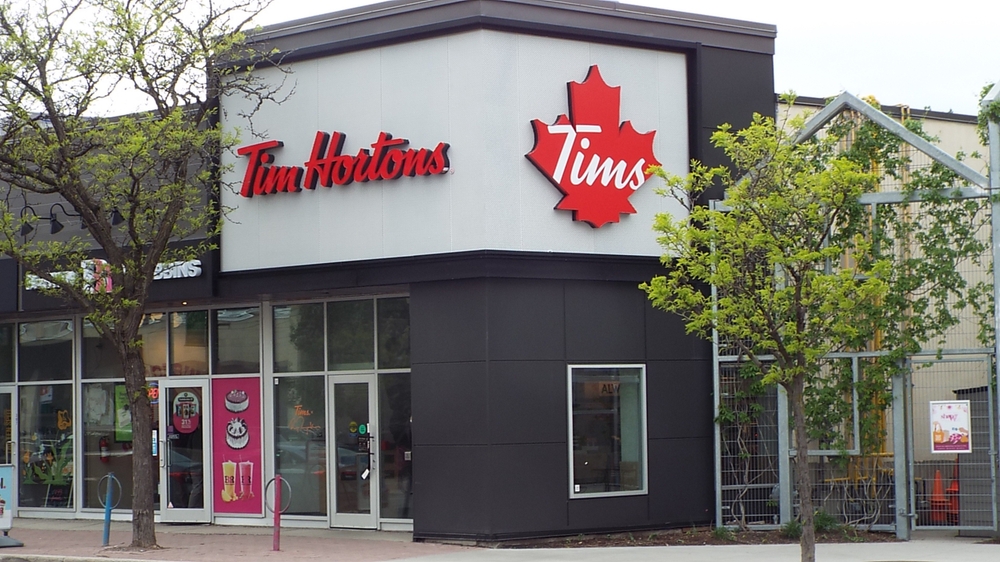
Tim Hortons is a national institution in Canada, but its U.S. expansion brewed up more disappointment than coffee sales. The brand underestimated how fiercely Americans cling to Dunkin’ and Starbucks. Locations in Ohio, Michigan, and New York initially drew Canadian expats but struggled beyond that demographic. Menu missteps, poor visibility, and inconsistent quality hurt the rollout. Even with parent company Restaurant Brands International’s backing, growth sputtered. Despite nearly 600 locations in the U.S., Tim Hortons has never achieved mainstream traction, proving that cultural nostalgia doesn’t always cross borders, especially when Americans already have strong coffee loyalties.
Joe Fresh
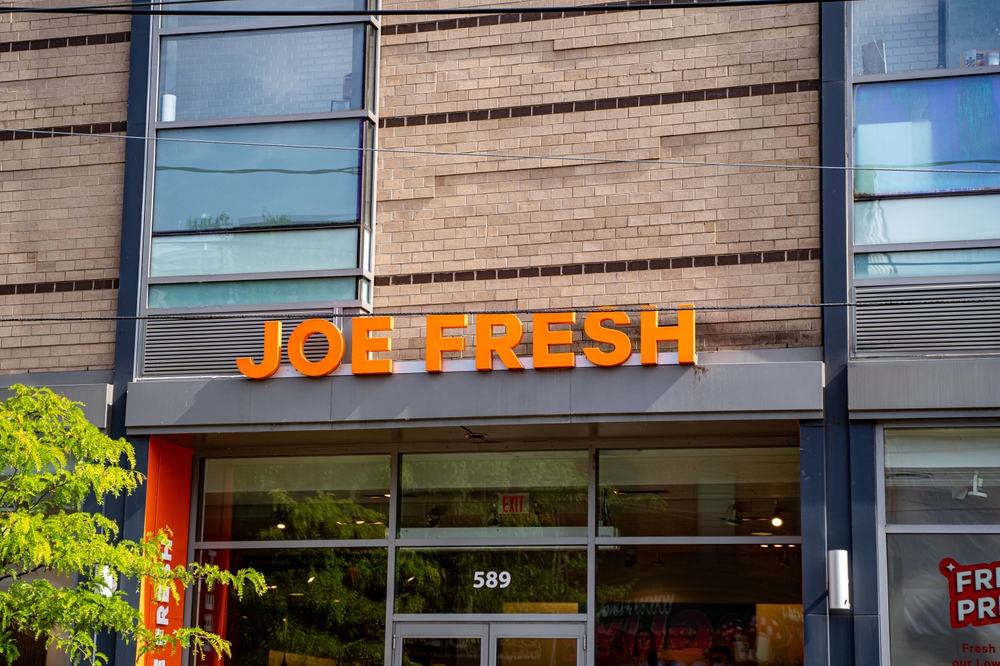
Joe Fresh began as a chic yet affordable fashion line from Loblaw, quickly becoming a go-to for Canadians seeking style on a budget. Its U.S. debut in 2012 through JCPenney was supposed to be its big break. Unfortunately, JCPenney’s financial troubles soon overshadowed the launch, leaving Joe Fresh stuck in a failing retail environment. Standalone stores also struggled to find a footing amid fierce fast-fashion competition from H&M and Zara. By 2016, Joe Fresh began closing U.S. locations entirely, retreating to its home market. Its attempt revealed how timing and partnerships can make or break expansion dreams.
Shoppers Drug Mart

As one of Canada’s most successful pharmacy-retail hybrids, Shoppers Drug Mart offered everything from prescriptions to luxury skincare. When it eyed the U.S. market, executives quickly realized that Americans already had well-established giants like Walgreens and CVS. Licensing and regulatory hurdles also made expansion complex. Rather than risk billions in market entry, Shoppers pulled back its ambitions and doubled down on its domestic dominance. The decision may have saved it from financial trouble, but it cemented Shoppers as a strictly Canadian empire with little room to grow beyond its northern borders.
Loblaws
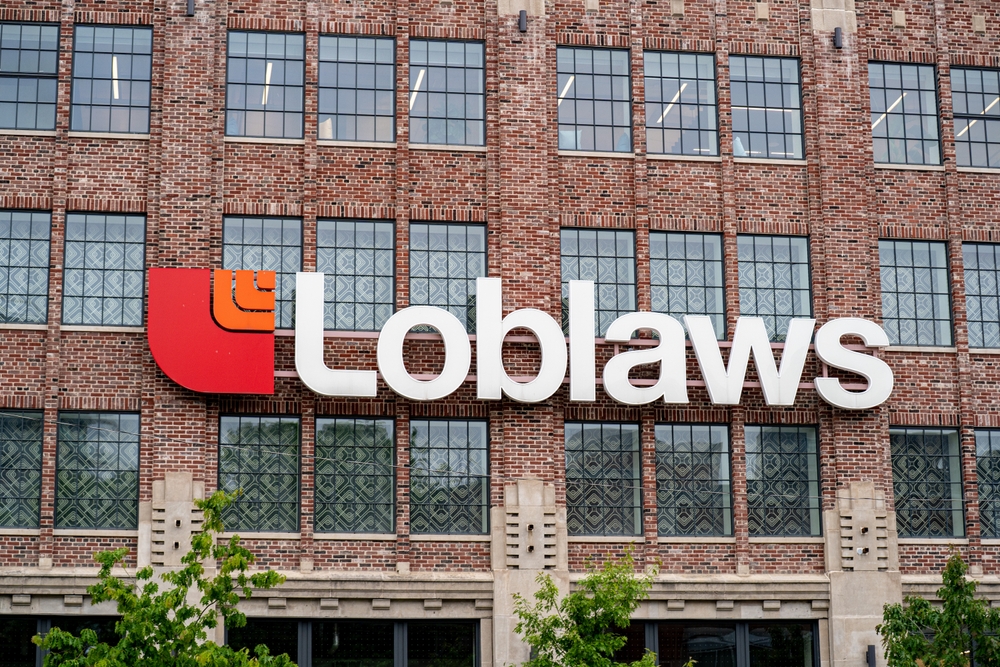
Loblaws dominates Canadian grocery retail, yet its U.S. ambitions fizzled quickly. The company experimented with expanding its private labels and store formats south of the border but struggled to differentiate itself from powerful U.S. grocers like Kroger and Walmart. Supply chain inefficiencies and higher operating costs hurt profitability. Additionally, its strong national image didn’t resonate abroad, where Americans had never heard of President’s Choice products or the “Loblaw” name. By the mid-2000s, the retailer quietly abandoned its U.S. experiments.
Canadian Tire
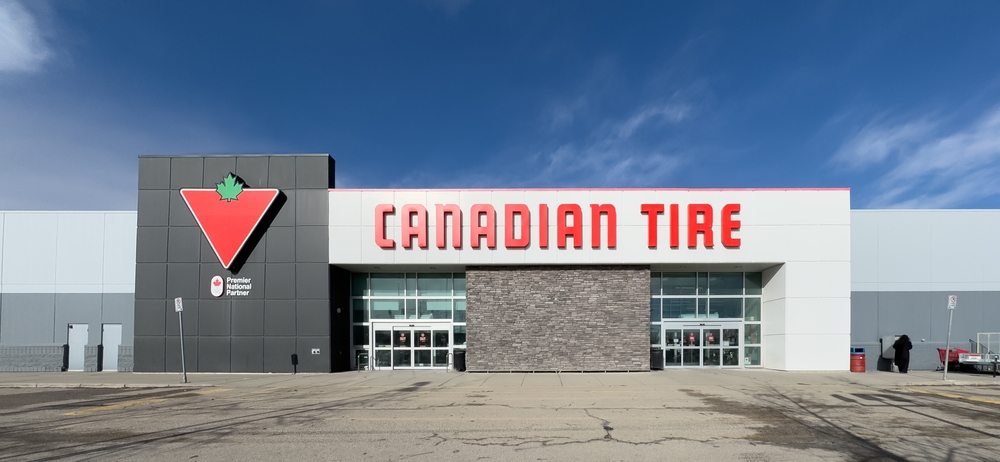
Canadian Tire tried appealing to U.S. shoppers with its “everything under one roof” approach, including hardware, automotive, and home goods. Unfortunately, American consumers already had Home Depot, Lowe’s, and Walmart. The company’s product mix confused new customers who didn’t understand its brand identity. After opening a few stores in New York and the Midwest in the 1980s, poor sales forced a swift retreat. The expansion cost millions, and Canadian Tire never returned to the U.S. market.
Le Château
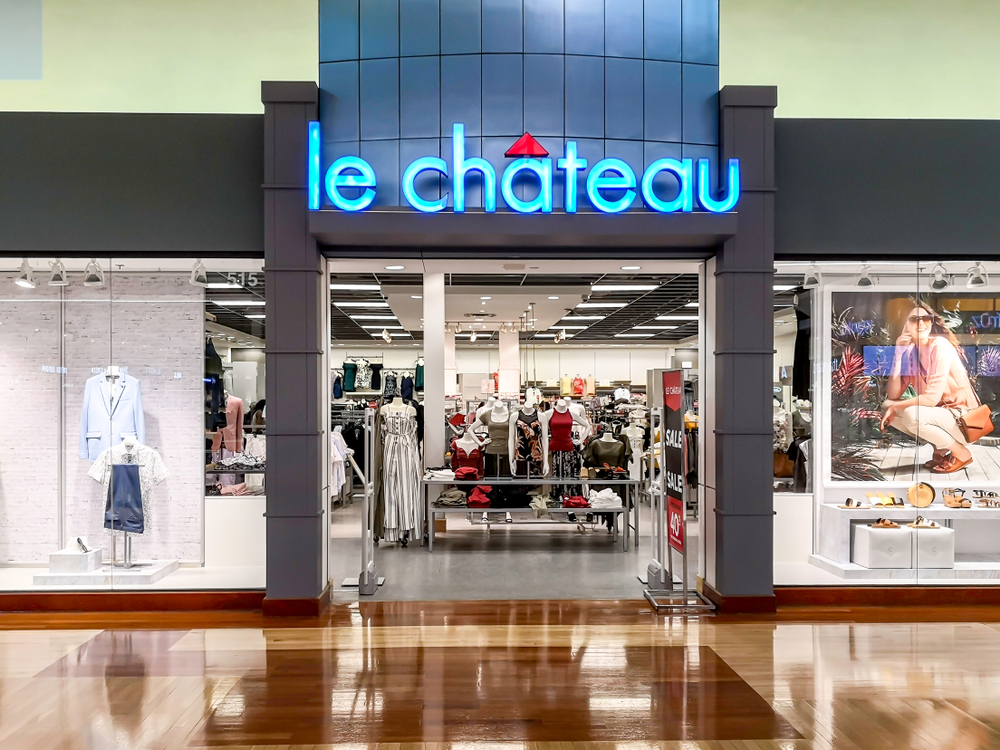
Known for affordable glamour and clubwear, Le Château was once a mall staple. The company attempted U.S. expansion in the 1990s and early 2000s, targeting urban youth markets. However, it entered just as American fast-fashion retailers began dominating the scene. Le Château’s styles failed to stand out against the likes of Forever 21 and Express. Its mid-tier pricing and inconsistent sizing further alienated customers. By 2010, all U.S. stores had closed, and the brand eventually declared bankruptcy in 2020. While it’s making a small comeback online, its American experiment remains a textbook retail flop.
Mountain Equipment Co-op (MEC)
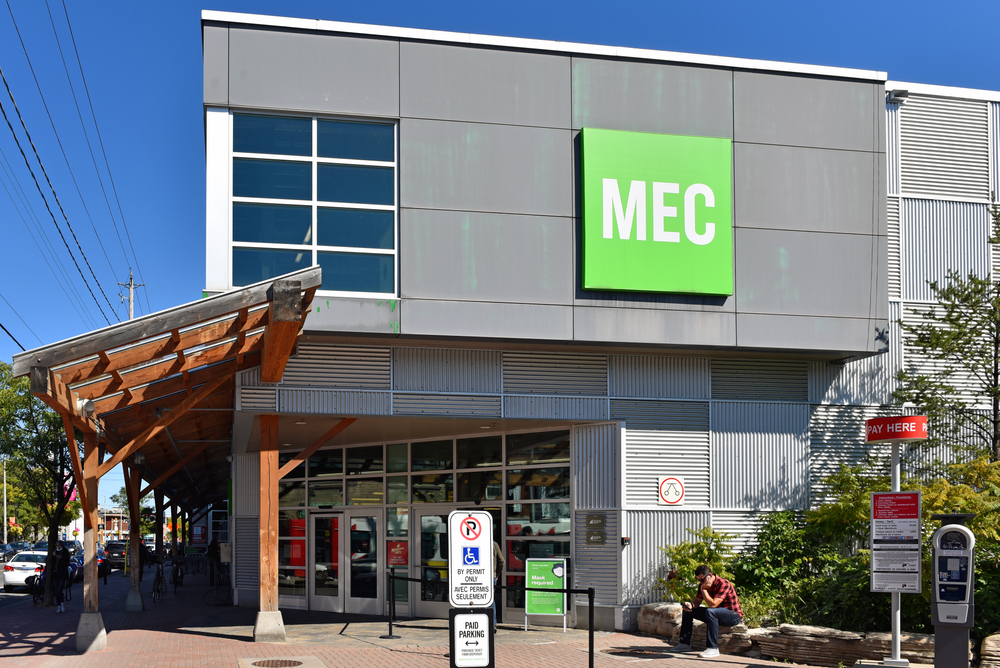
Outdoor retailer MEC had a strong following among Canadian adventurers, but its co-op model didn’t translate well in the U.S. The brand faced stiff competition from established American giants like REI. Consumers were confused by MEC’s membership structure and pricing, and the stores lacked the community loyalty that defined its Canadian base. Despite offering high-quality gear, MEC couldn’t build the same brand love across the border. After limited expansion attempts, it eventually retreated entirely to Canada, where it remains a trusted name in outdoor retail.
Aritzia (Early Years)
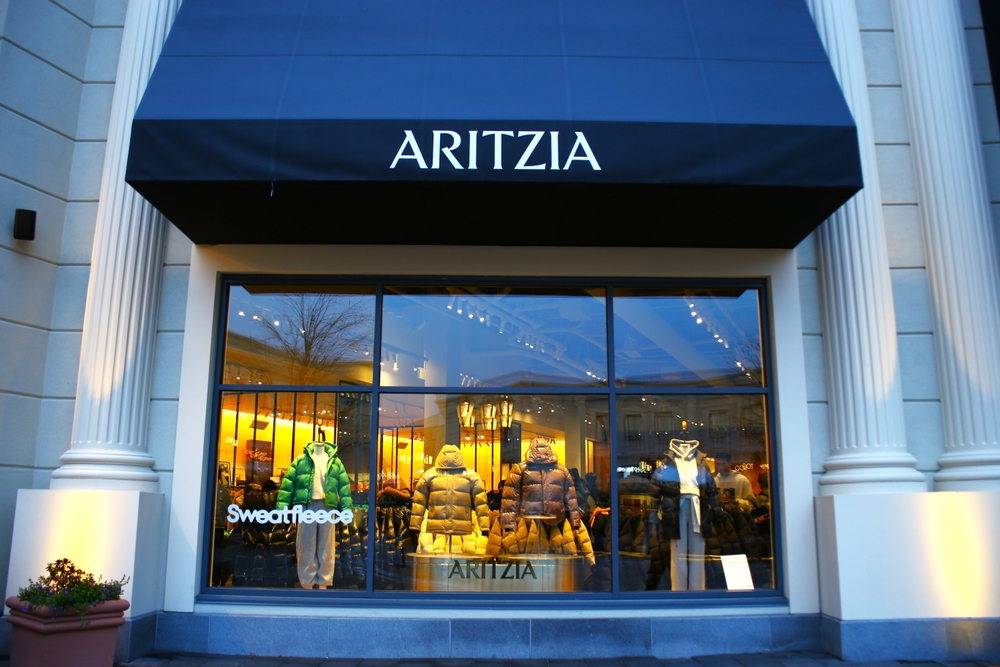
Before Aritzia became the global fashion phenomenon it is today, its first U.S. attempts in the mid-2000s were anything but smooth. The Vancouver-based brand underestimated how expensive American retail spaces were and struggled to market its minimalist aesthetic in a market dominated by flashy fast fashion. Initial store openings in New York and San Francisco underperformed. It wasn’t until years later, after rebranding as a luxury contemporary label, that Aritzia found its footing in the U.S. market. Its early struggles illustrate how even now-successful brands can stumble before finding the right strategy.
Fairweather
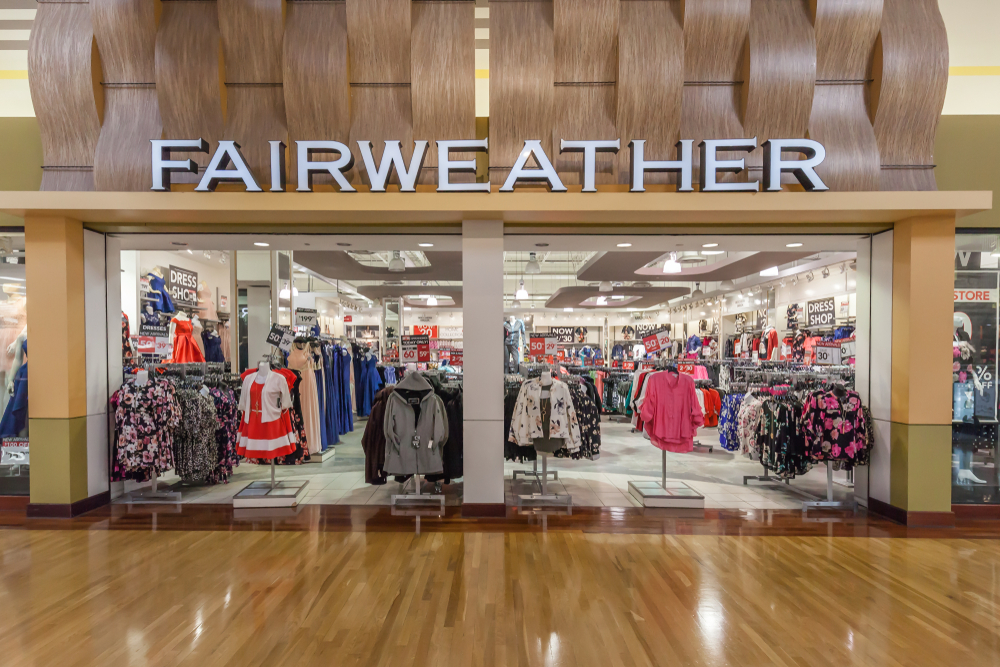
Fairweather thrived in Canadian malls with trendy women’s apparel at affordable prices. When it sought to replicate that success in the U.S., it entered a market already crowded with similar retailers like Charlotte Russe and Wet Seal. Without distinct branding or marketing, it failed to attract attention. Logistics issues and higher U.S. rent prices compounded the problem. Within a few years, the brand shuttered its American operations entirely. Back home, Fairweather restructured but never regained its former prominence. Its U.S. failure reflected the dangers of expanding without a clear niche or competitive advantage.
Zellers
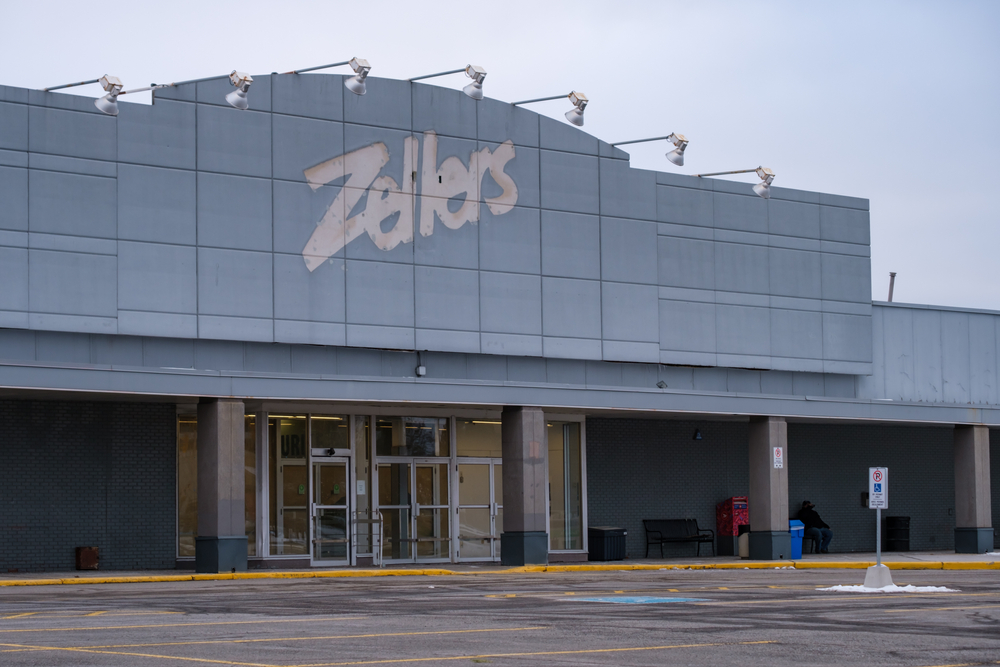
Before Target’s short-lived Canadian adventure, Zellers tried its own U.S. expansion back in the 1980s. The plan was to offer a low-cost department store experience similar to Kmart. Unfortunately, Zellers couldn’t compete on price, selection, or brand recognition. Its U.S. stores underperformed almost immediately, facing fierce competition from established American chains. Within a few years, the company withdrew entirely, later selling many of its assets. Ironically, decades later, Target would attempt the reverse and meet a similar fate in Canada. Zellers’ cross-border dreams ended as quickly as they began.
Suzy Shier

This women’s fashion retailer thrived in Canada’s suburban malls, offering trendy and affordable styles for young professionals. When it attempted to branch into the U.S., Suzy Shier found it difficult to build brand awareness. The American fast-fashion market was already saturated, and its minimal marketing budget couldn’t keep pace with brands like Forever 21. Store traffic lagged, and high import and logistics costs erased profit margins. Within a short period, all U.S. operations closed, and the company refocused on domestic success. Its U.S. foray became a costly lesson in brand positioning and timing.
Jacob
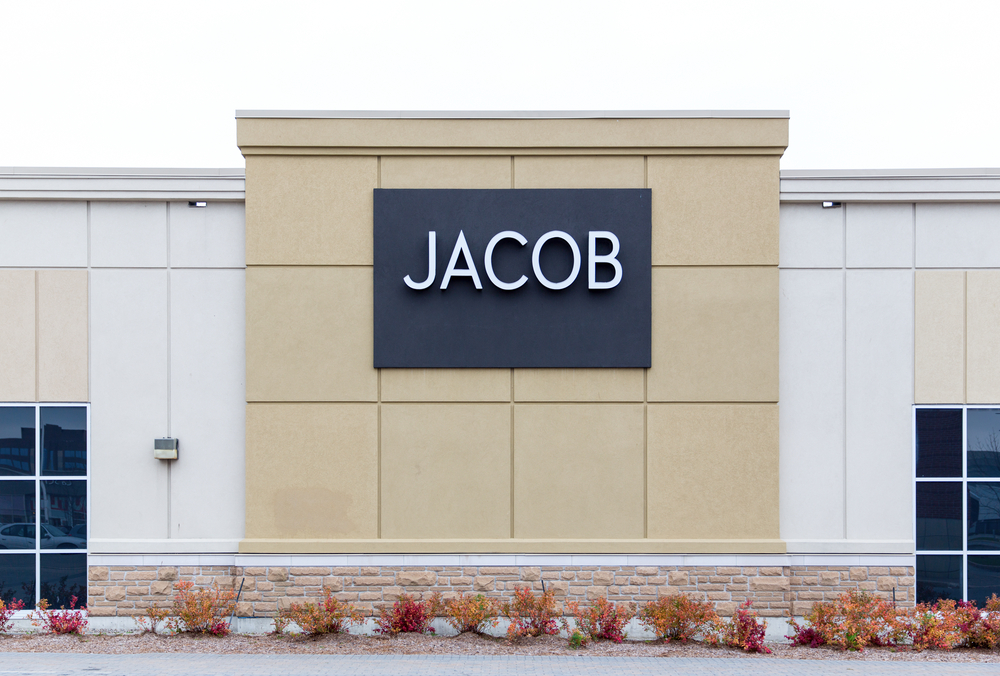
Jacob, known for its polished women’s fashion, aimed to expand its stylish boutique concept into American malls in the early 2000s. However, its target demographic already had ample options like Ann Taylor and Banana Republic. The brand’s price point was too high for budget shoppers and too low for luxury consumers, leaving it in an awkward middle ground. Declining mall traffic and competition soon forced closures. The company eventually filed for bankruptcy in 2014. Though it left a nostalgic mark in Canada, Jacob never managed to find a loyal customer base in the U.S.
La Senza
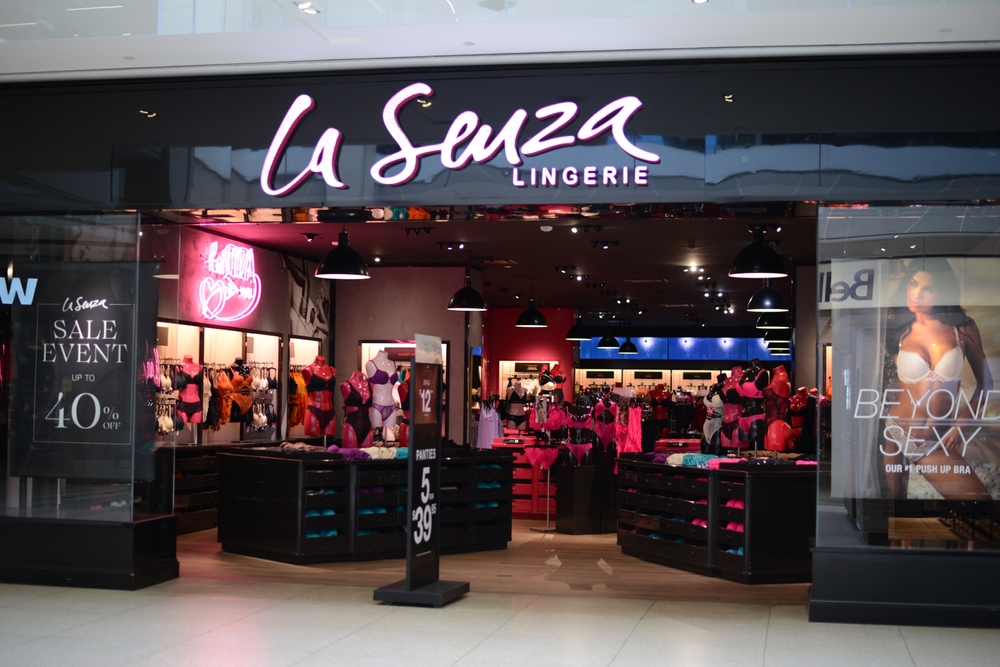
Before Victoria’s Secret dominated the lingerie market, La Senza tried to challenge it directly by expanding into the U.S. Its early momentum faded fast as American consumers remained loyal to the homegrown giant. La Senza’s marketing lacked the glitz and brand power that Victoria’s Secret commanded. Locations underperformed, and overhead costs rose. By 2011, most U.S. stores had closed, and the company retreated to its Canadian base. Even with L Brands’ later ownership, the label couldn’t regain momentum in the States, proving that competition in the lingerie market leaves little room for second place.
Danier Leather
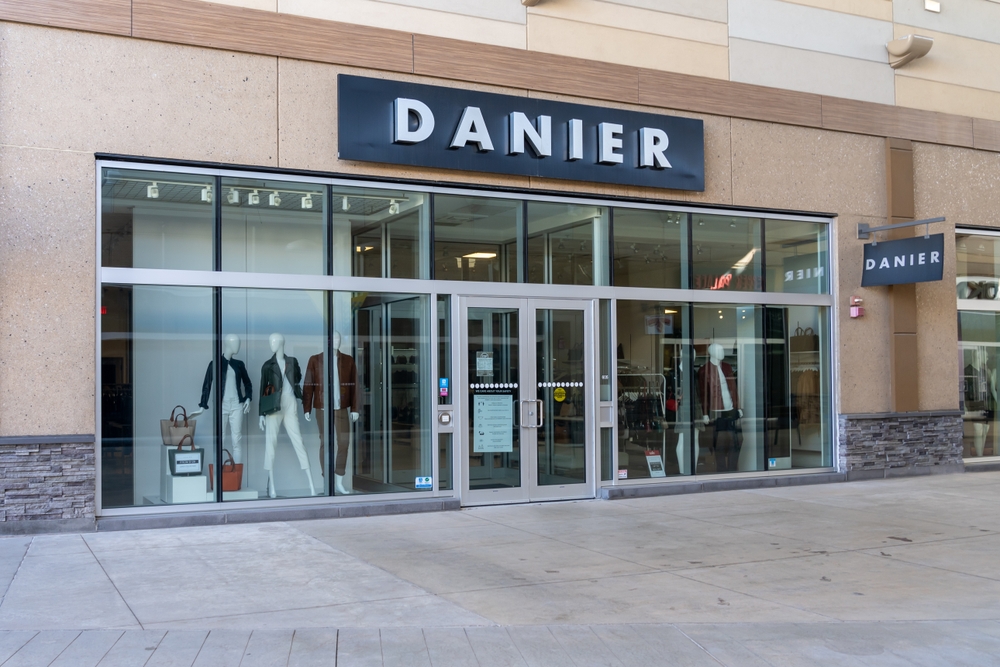
Danier Leather built a loyal following in Canada for its premium jackets and accessories, but it never managed to replicate that appeal in the U.S. Expansion efforts in the early 2000s stumbled due to high prices and weak brand recognition. American shoppers gravitated toward designer labels or cheaper leather alternatives. With rising costs and shrinking margins, Danier shut down its U.S. stores and later declared bankruptcy in 2016. The brand’s fall highlighted the challenge of sustaining luxury retail expansion without strong global branding or strategic partnerships.
Reitman
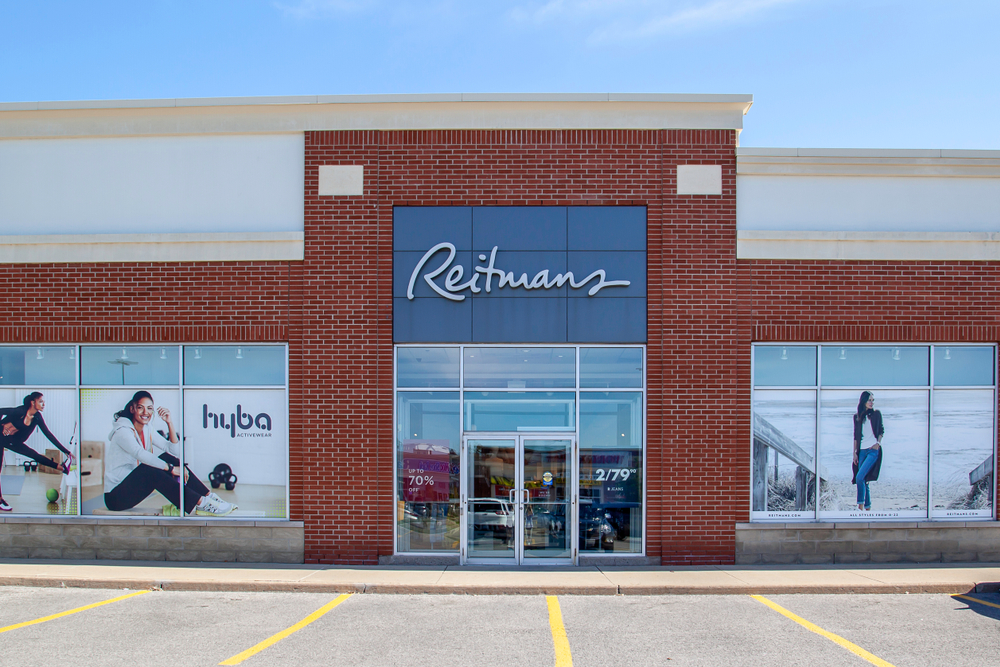
Reitmans has been a trusted name in Canadian women’s fashion for decades, but its attempt to expand into the U.S. fell flat. The brand’s conservative styles and mall-based model didn’t connect with American shoppers, who preferred trendier or online-focused options. Despite loyal customers in Canada, Reitmans couldn’t differentiate itself in a saturated market. After modest expansion efforts, the company withdrew, focusing instead on sub-brands like RW&Co. and Penningtons. While it remains an enduring Canadian retailer, its American experiment proved that steady domestic success doesn’t always translate to cross-border relevance.
The Source (formerly RadioShack Canada)
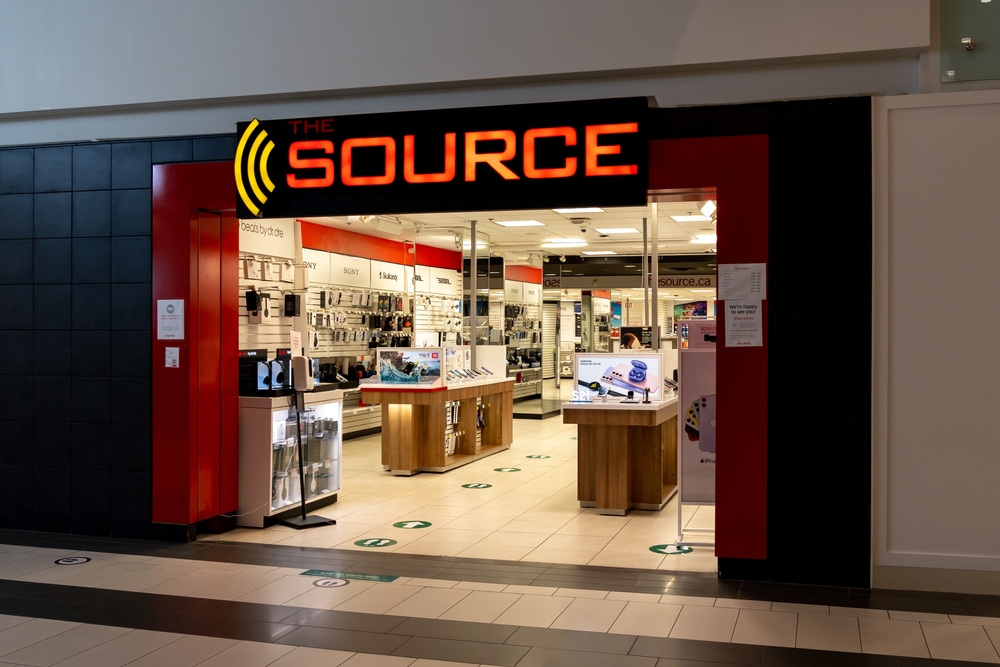
When The Source rebranded after RadioShack’s Canadian exit, it considered expanding southward to leverage its electronics expertise. However, the U.S. market was already oversaturated with Best Buy, Amazon, and big-box retailers. Its small-store format and limited inventory didn’t attract tech-savvy Americans accustomed to variety and convenience. Recognizing the futility, The Source halted its expansion plans and consolidated its Canadian presence instead. While it’s still active at home, its lack of international recognition ensured that its footprint would remain strictly within Canada’s borders.
Ricki’s
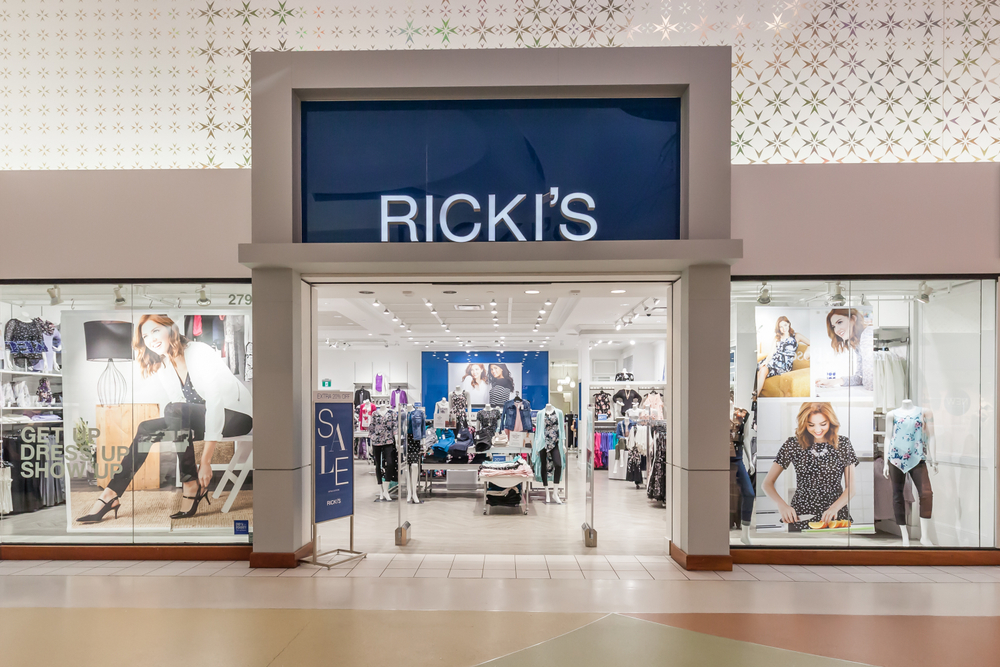
Ricki’s, a popular women’s fashion brand under the Comark group, tried expanding into the U.S. in the 1990s but found little success. Its modest workwear and casual line failed to stand out among American brands catering to similar demographics. Limited marketing budgets and small-scale operations meant low visibility. Additionally, exchange rate fluctuations made pricing inconsistent. The experiment ended quietly after a few years. While Ricki’s continues to serve loyal Canadian customers, its failed U.S. venture underscored the difficulties mid-sized retailers face when entering hyper-competitive foreign markets.
21 Products Canadians Should Stockpile Before Tariffs Hit

If trade tensions escalate between Canada and the U.S., everyday essentials can suddenly disappear or skyrocket in price. Products like pantry basics and tech must-haves that depend on are deeply tied to cross-border supply chains and are likely to face various kinds of disruptions
21 Products Canadians Should Stockpile Before Tariffs Hit